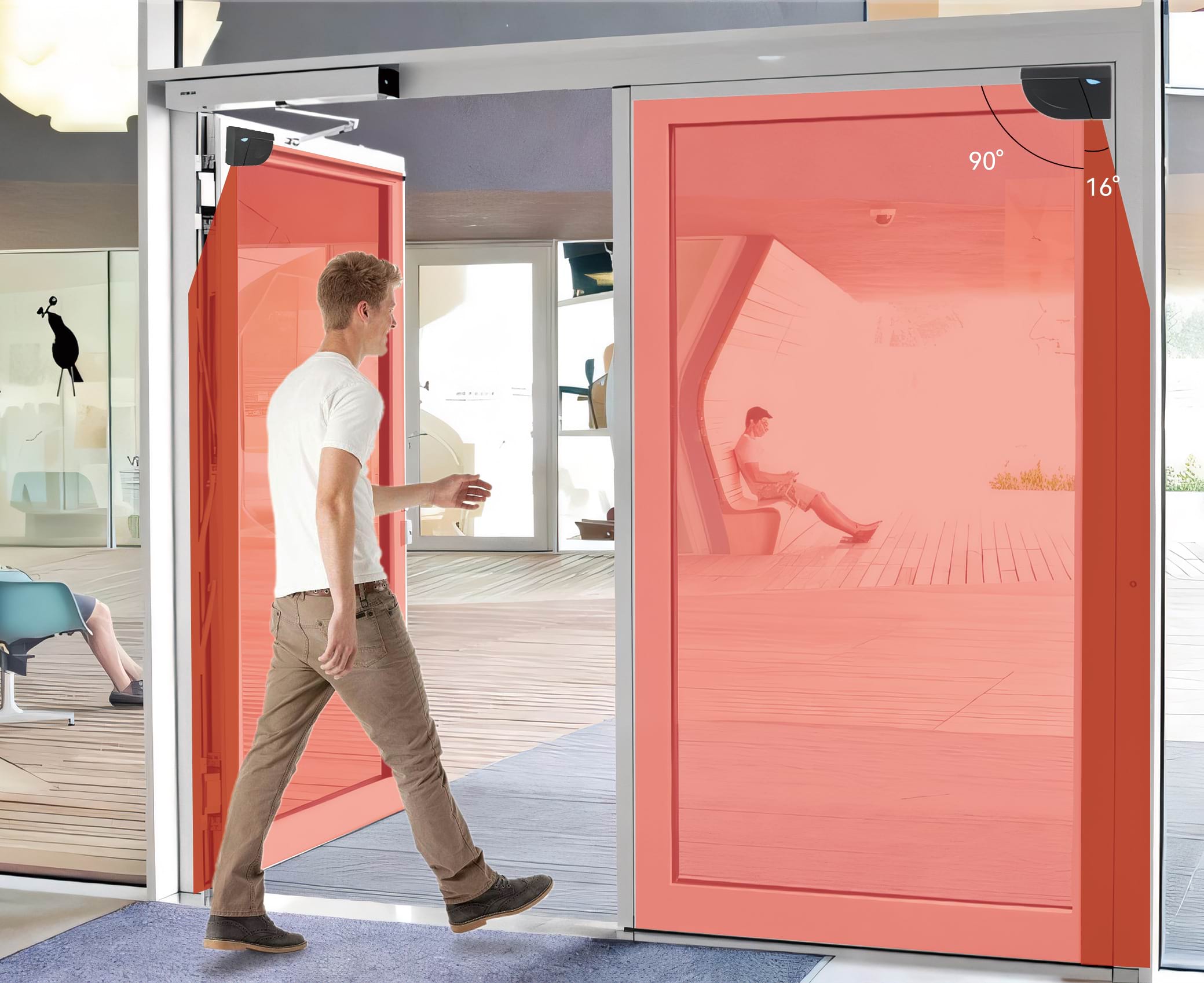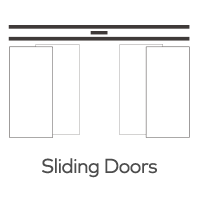How Resistant Are Laser Safety Sensors to Environmental Factors Like Dust, Humidity, or Temperature Fluctuations?
Laser safety sensors play a critical role in industrial automation, access control, and machine safety by detecting objects, obstacles, or movement with high precision. However, their performance and longevity can be affected by environmental factors such as dust, humidity, and temperature fluctuations. Understanding their resistance to these conditions is essential for ensuring reliable operation in different settings.

1. Resistance to Dust and Particulate Matter
Dust and airborne particles can pose challenges to laser safety sensors by obstructing the laser beam or accumulating on sensor surfaces. To mitigate these issues, many modern laser sensors incorporate:
- Sealed housings (IP-rated enclosures) to prevent dust ingress.
- Self-cleaning mechanisms or protective covers that minimize buildup.
- Advanced signal processing algorithms that can filter out false readings caused by dust interference.
For environments with high levels of airborne particles, such as manufacturing plants or construction sites, choosing sensors with IP65 or higher ratings ensures optimal performance.
2. Resistance to Humidity and Moisture
Humidity can cause condensation, which may lead to optical distortions or internal component damage. To enhance resistance to moisture:
- Laser safety sensors are often designed with waterproof casings to prevent moisture ingress.
- Some models include heated optics that prevent condensation buildup.
- Conformal coatings on internal circuitry protect against corrosion due to prolonged exposure to moisture.
For applications in humid or wet environments, IP67 or IP68-rated sensors are recommended for superior protection.
3. Performance Under Temperature Fluctuations
Drastic temperature changes can affect the performance of laser sensors by causing:
- Expansion and contraction of sensor components.
- Changes in laser wavelength and beam alignment.
- Condensation in extreme cold-to-hot transitions.
To counteract these effects, high-quality laser safety sensors feature:
- Wide operating temperature ranges, typically from -40°C to +70°C.
- Temperature compensation mechanisms that adjust laser output based on ambient conditions.
- Ruggedized enclosures that minimize thermal stress on internal components.
Choosing the Right Sensor for Harsh Environments
Selecting the appropriate laser safety sensor for specific environmental conditions is crucial for long-term reliability. When operating in challenging settings:
- Check the sensor's IP rating to ensure adequate protection against dust and moisture.
- Opt for industrial-grade models designed to withstand harsh weather conditions.
- Consider maintenance needs, such as regular cleaning or protective accessories, to prolong sensor lifespan.
Conclusion
Laser safety sensors are engineered to withstand various environmental factors, but their resistance depends on design, material quality, and protective features. By choosing the right sensor with appropriate ratings for dust, humidity, and temperature fluctuations, businesses can ensure optimal performance and durability in demanding conditions.







